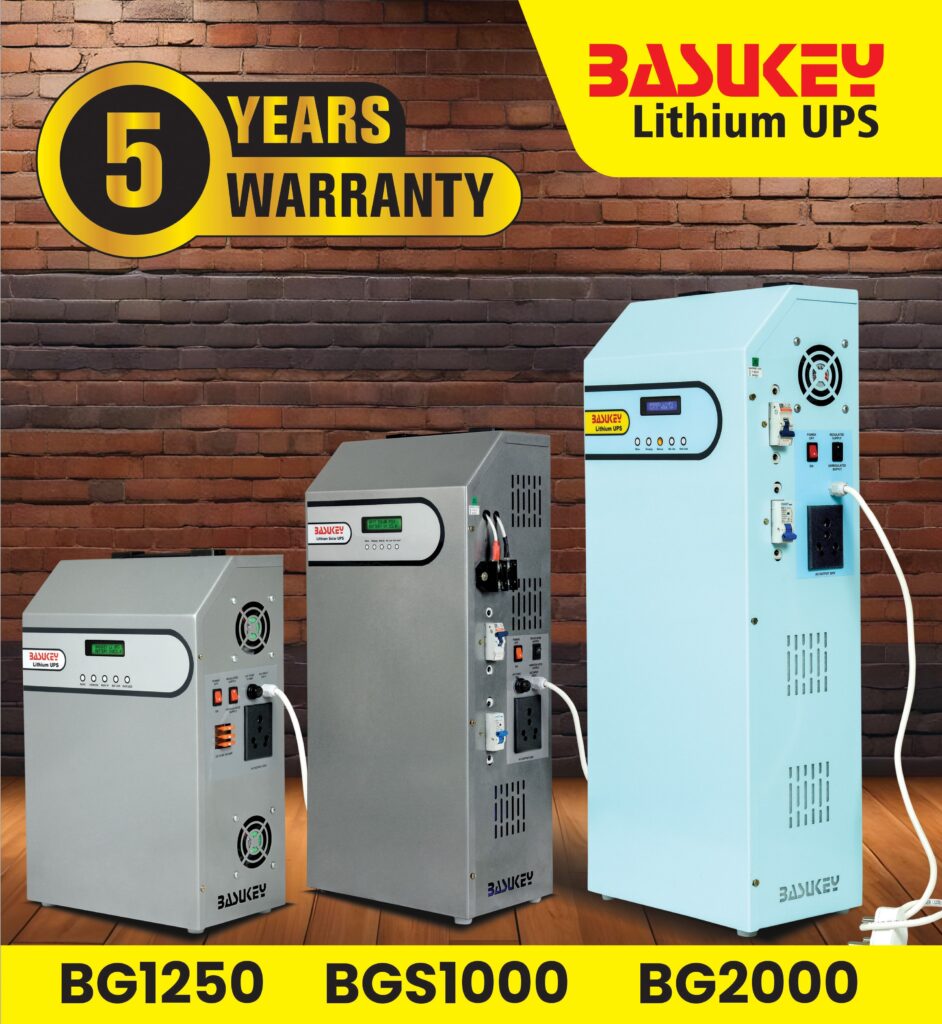Transitioning to Green Energy : The Need for Sustainable Electricity
Transitioning to Green Energy : The Need for Sustainable Electricity. As the world confronts the realities of climate change and resource depletion, transitioning to green energy is no longer a choice but a necessity. Sustainable electricity—power generated through renewable and environmentally responsible methods—lies at the heart of this transformation. This transition demands rethinking infrastructure, technology, and policies to build a resilient and equitable energy future. In this article, we delve into emerging concepts and innovative solutions driving the shift to sustainable electricity.
1. The Imperative of Sustainable Electricity
The current energy landscape is fraught with challenges:
- Carbon Lock-In: Dependence on fossil fuel infrastructure creates systemic barriers to adopting green energy.
- Energy-Climate Feedback: Rising temperatures driven by fossil fuels increase energy demand, perpetuating a cycle of higher emissions.
- Resource Overdraw: Over-extraction of finite resources like coal and oil depletes reserves and disrupts ecosystems.
Sustainable electricity provides a pathway to break free from these destructive patterns.

2. Renewable Energy Sources Powering the Transition
Green energy encompasses diverse renewable sources:
- Solar Thermal Towers: Advanced solar systems that use mirrors to concentrate sunlight, generating heat for electricity production.
- Aerodynamic Wind Turbines: Innovative turbine designs that optimize wind capture while reducing noise and bird strikes.
- Geothermal Binary Cycle Plants: Systems that extract heat from deep underground without releasing greenhouse gases into the atmosphere.
- Marine Energy Harvesters: Devices capturing energy from ocean waves, tides, and currents to generate electricity.
These technologies harness natural processes to deliver clean, abundant energy.
3. Grid Modernization for Sustainable Electricity
A green energy future depends on modernizing existing grids:
- Smart Grid Ecosystems: Digitally enhanced grids that manage energy flows dynamically to integrate renewables effectively.
- Grid Flexibility Solutions: Systems like vehicle-to-grid (V2G) technology, where electric vehicles act as mobile energy storage units.
- Microgrid Clusters: Decentralized networks that operate independently or in conjunction with the main grid, enhancing resilience.
- Dynamic Voltage Control: Techniques to stabilize power output from variable renewable sources.
Upgrading grid infrastructure ensures efficiency, reliability, and adaptability in the green energy era.
4. Storage Innovations Bridging the Gap
Energy storage is crucial for balancing supply and demand:
- Liquid Air Energy Storage (LAES): A process that compresses air into liquid form, storing energy and releasing it when needed.
- Vanadium Redox Flow Batteries: Scalable storage systems offering long lifespans and rapid response times.
- Thermal Energy Banks: Underground systems that store heat generated by renewables for use during peak demand.
- Cryogenic Storage Systems: Using ultra-cold temperatures to store energy in the form of frozen liquids or gases.
Advanced storage solutions bridge the intermittency of renewable energy sources, ensuring round-the-clock availability.
5. Policy and Financial Mechanisms Driving Change
Transitioning to sustainable electricity requires supportive policies and financing:
- Renewable Energy Credit (REC) Markets: Systems enabling the trade of green energy certificates to incentivize renewable adoption.
- Green Bond Issuance: Bonds raised by governments or corporations to finance renewable energy projects.
- Energy Transition Subsidies: Financial support for industries and households to shift from fossil fuels to renewables.
- Carbon Border Adjustment Mechanisms (CBAMs): Tariffs on imports from countries with lax environmental regulations to level the playing field.
These mechanisms create economic incentives to accelerate the green energy transition.
6. Social Equity in the Energy Transition
A just transition to green energy must prioritize inclusivity and fairness:
- Energy Justice Frameworks: Policies ensuring marginalized communities benefit equally from renewable energy investments.
- Participatory Energy Planning: Involving local stakeholders in decisions about energy projects and their implementation.
- Community Solar Arrays: Shared solar installations that provide affordable energy access to low-income households.
- Green Workforce Development: Training programs to equip workers with skills for jobs in the renewable energy sector.
Addressing social equity ensures the transition is not only sustainable but also ethical.
7. Innovations in Energy Efficiency
Efficiency is a cornerstone of sustainable electricity:
- Nanogrid Solutions: Small-scale, self-sufficient energy systems tailored for individual homes or businesses.
- Power-to-X (P2X) Technologies: Converting excess renewable energy into hydrogen, synthetic fuels, or other forms for storage and later use.
- Demand Response Systems: Incentivizing consumers to adjust energy use during peak times to balance grid demand.
- Energy Harvesting Sensors: Devices that capture ambient energy from vibrations, heat, or light for powering small electronics.
Enhancing efficiency reduces overall energy demand, making the transition more attainable.
Powering a Sustainable Tomorrow
Transitioning to green energy and sustainable electricity is a multifaceted challenge that demands technological innovation, policy shifts, and social commitment. By embracing renewable energy sources, modernizing infrastructure, and ensuring equitable access, we can build a cleaner and more resilient energy future. The journey toward sustainable electricity is not just about reducing emissions—it’s about fostering innovation, protecting ecosystems, and creating a legacy of environmental stewardship. The time to act is now. How are you contributing to the green energy movement? Share your thoughts and ideas in the comments below! Let me know if you’d like any section expanded or refined!
